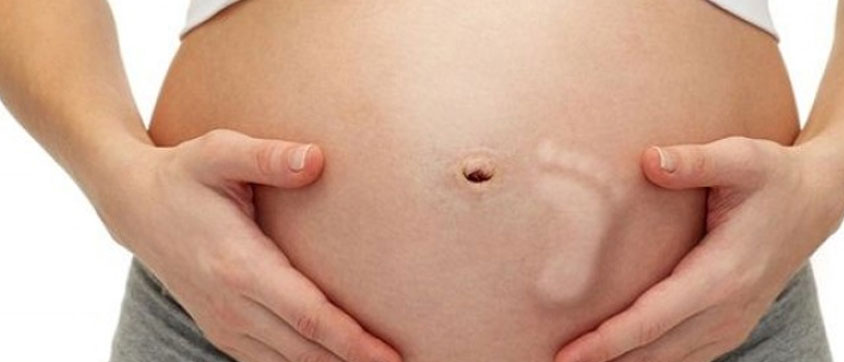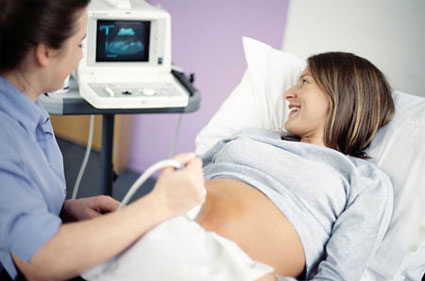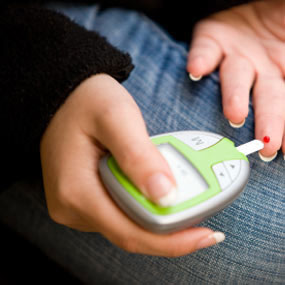Read on to find more about the reduction in foetal movement during last trimester and what expectant mothers can do. Feeling movement in your baby is probably the best feature of pregnancy and if you are pregnant you will feel the change in movement throughout the entire nine months. During the second trimester your
baby’s movements are as light as butterfly flutters. As you progress towards the last three months the fluttering movements change to vigorous kicks and you could also trace the outline of those movements from outside. Movement will reduce during the last trimester but a complete lack of movement during the last trimester is a cause of concern. You must immediately consult your doctor if you do not feel any movement during the last trimester of pregnancy.
Why Does Movement Reduce?
The reduction in the number of movements as you approach your expected
delivery date can happen due to a logical reason; there is no longer enough space for your baby to move. Earlier there was enough room for your baby to roll around and flip about in the womb but now it has grown in size and takes up almost all the space in your womb. In this case the reduction in movement is due to progression of pregnancy and is natural.
A total
absence of movement is a case that requires medical attention so it is better to contact your doctor to monitor the cause of movement absence. Your medical practitioner will perform tests to detect the
heartbeat of the baby and also an ultrasound that can detect any possible complication. Contacting your doctor when you notice an absence or drastic reduction in the amount of movement is a preventive measure as in pregnancy the smallest warning signs should not be ignored.
How to Count Kicks?
Many medical practitioners advise pregnant women to perform a simple test called kick counting during the second and
third trimester of pregnancy. Counting the number of kicks consciously will let you know about the frequency of kicks and you can then compare it with the normal figure that your doctor has told you to look out for. The average figure is to feel 10 movements in two hours. It is important to note that in this case movement can refer to kicks, rolls, jabs, turning movements or any other kind of movements.
How to Encourage your Baby to Move
If you are engrossed in physical activity and lead an active life then it is natural to miss out on the movements of your baby. However, this does not always mean that your baby is not moving. It is more likely that the smaller movements of your baby are getting sidelined between the larger movements of your body.
Doctors suggest an easy method which can be followed during the last trimester to monitor the movements of your baby. Keep some time apart every during the last three months of your pregnancy and use this time exclusively to monitor the movements of your baby. Lying on the left side of the body is the preferred position which lets you feel the kicks and jabs clearly. If you cannot feel the kicks immediately then do not panic as your baby might be sleeping. Drink a tall glass of fresh fruit juice as the released glucose in your blood can motivate your baby to show some movement.
Even if you do not see any immediate results with the methods mentioned above then do not panic. Remember that stress is very bad during pregnancy and can cause unwanted side effects on your health and on your baby. Contact your doctor and he will check the movements of your baby and give you appropriate advice.
Do not follow any self investigated methods for encouraging movement of the baby as it may harm you and your baby. You must strictly follow your obstetrician’s advice. 






























